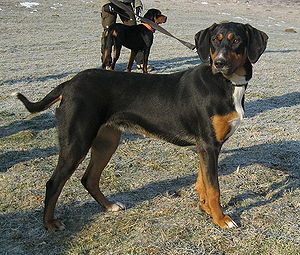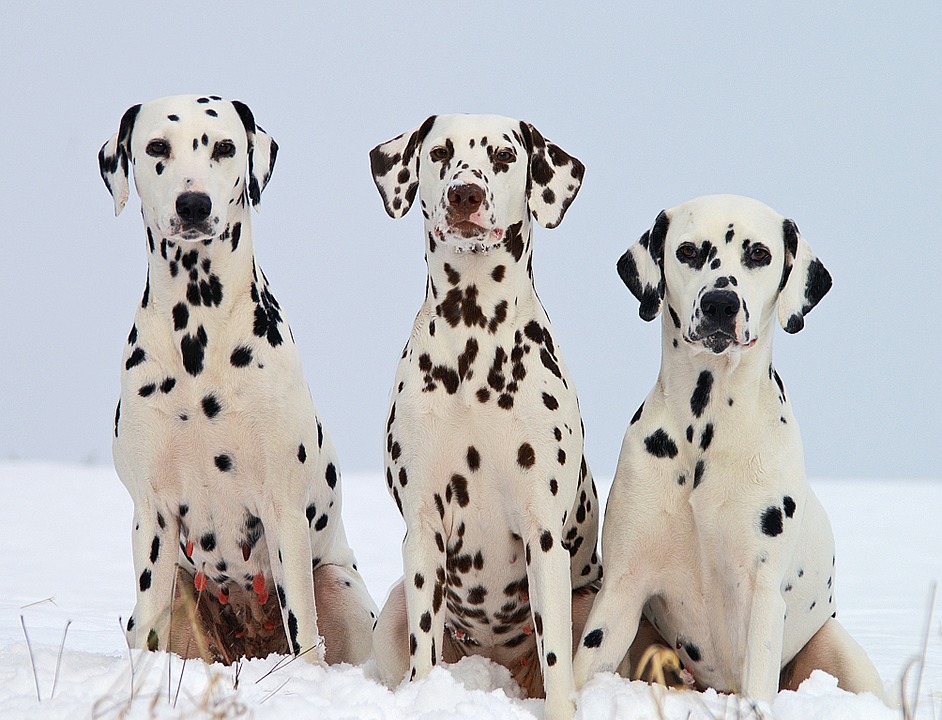 |
| Vital Statistics: |
| Place of Origin: Hungary |
| Group: Scenthound |
| Height: short-legged-18-20 in.; long-legged-22-26 in. |
| Weight: 55-44 lbs. |
| Life span: an average of 12 years |
| Trainability: high |
| Good with children: yes |
| Good with other pets: if socialized early, although small pets may be seen as prey |
What is the origin of the Transylvanian Hound?
In the 9th century, the Magyars, (a people originally thought to come from central Asia) traveled through Hungary with their dogs. Those dogs left behind bred with local dogs and the Transylvanian Hound was developed.
What does the Transylvanian Hound look like?
There are 2 types, a long-legged variety and a short-legged one. Weight is 55-77 lbs. Height is 18-20 inches for the short-legged type and 22-26 inches for the long-legged ones. Eyes are dark and almond-shaped. Ears hang down, similar to a beagle’s ears. The tail hangs low when the dog is at rest. The coat is short and lies close to the skin. Color is black with tan or sometimes white markings. Shedding is at its height during the spring when the coat should be brushed daily.
What is the temperament of the Transylvanian Hound?
The Transylvanian Hound is courageous and tenacious, highly intelligent and easily trained. As with all dogs, this Hound should have positive training along with socialization. The Transylvanian Hound is a good-natured dog with a keen ability to read people seeming to know the difference between friends and foes. They like to dig, so creating an area for them to dig in is a good idea. They do best with an active family. They need room to explore and require a good amount of exercise. They should always be walked on a leash and have a secure fenced-in area to satisfy their curiosity.
What is the Transylvanian Hound used for?
The Transylvanian Hound was developed into an outstanding hunting dog able to traverse all types of terrain in any weather – freezing winters or sultry summers. They are protective of loved ones and are very good watchdogs – a wonderful family companion.
Possible Health Issues
Hip/elbow dysplasia


